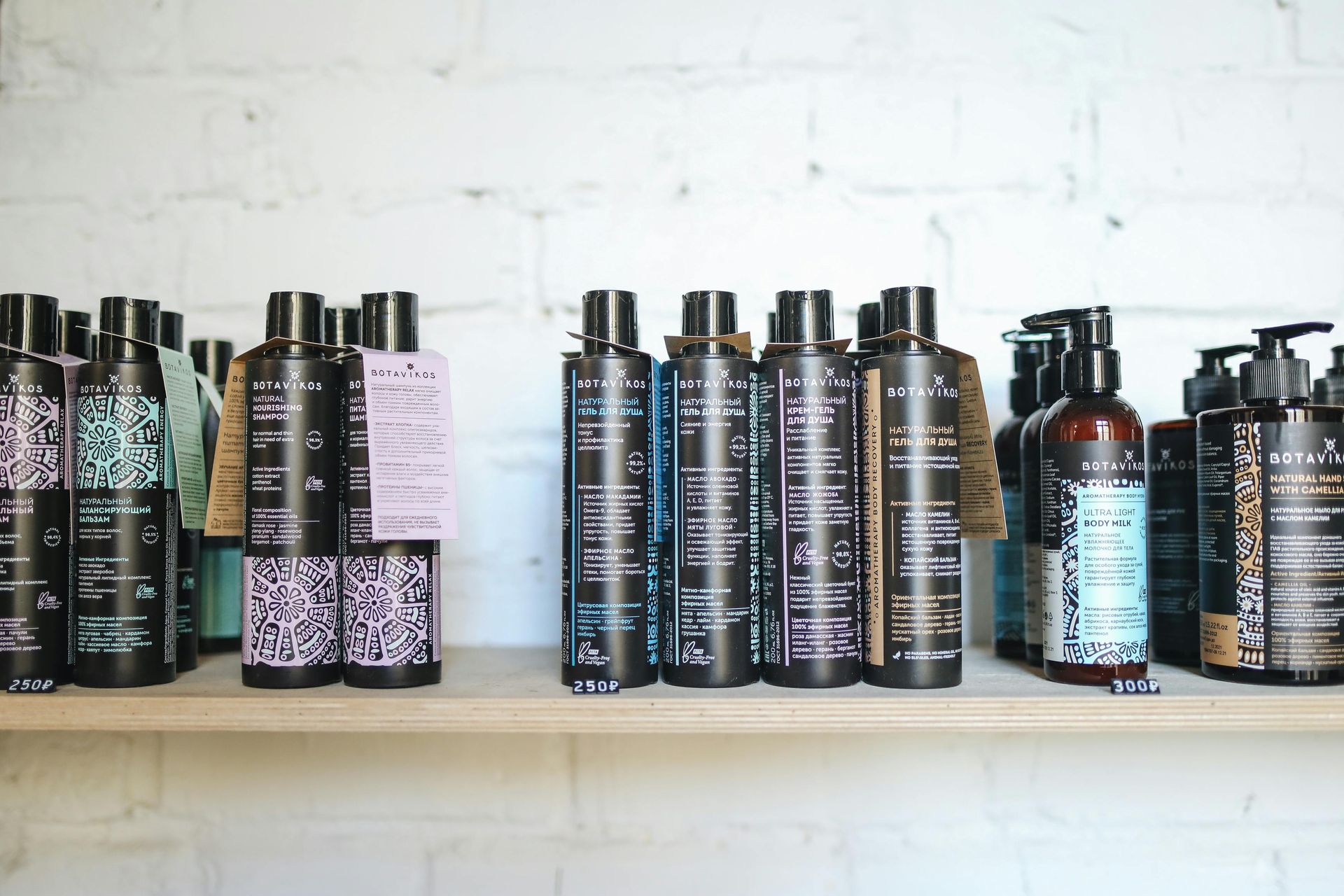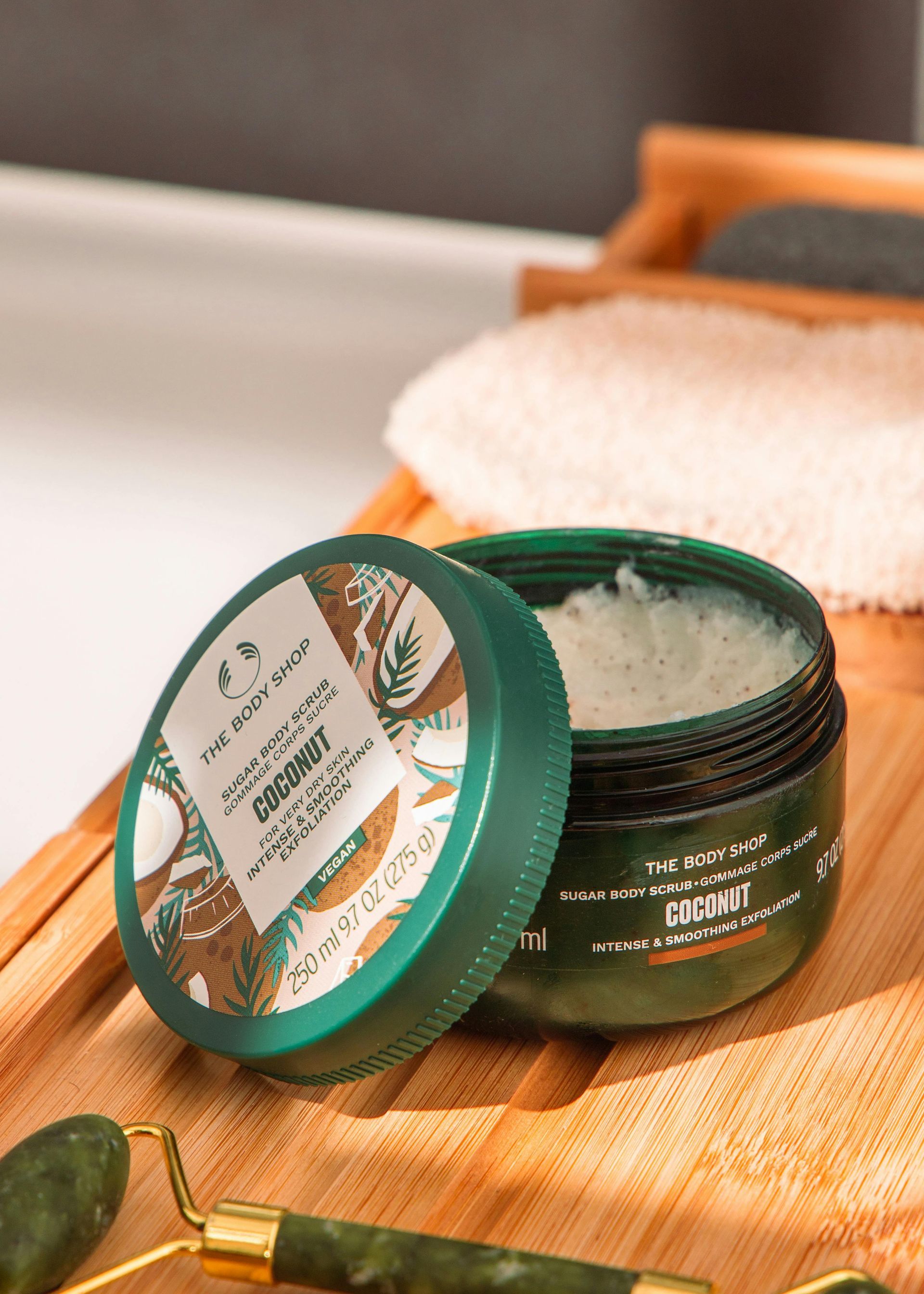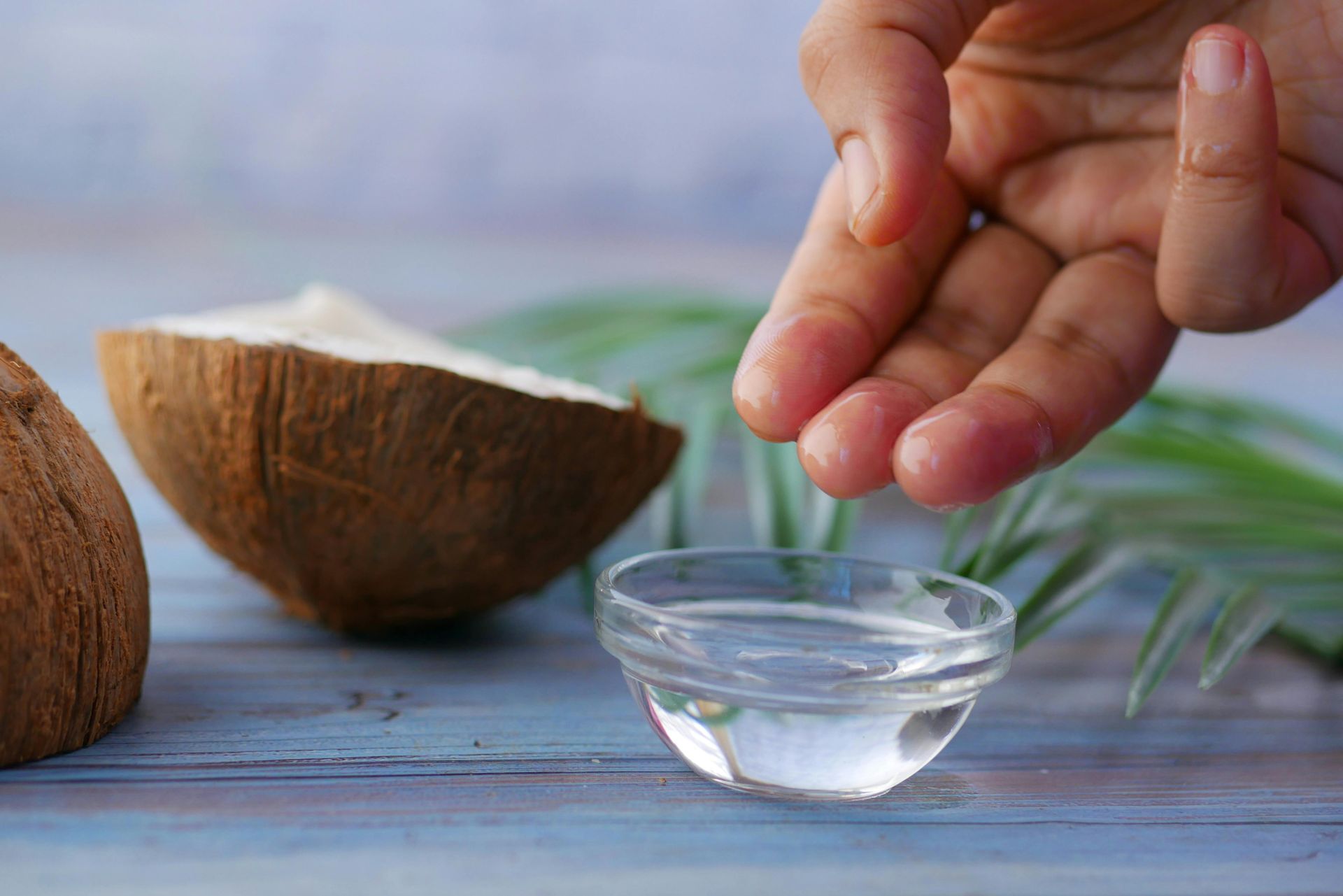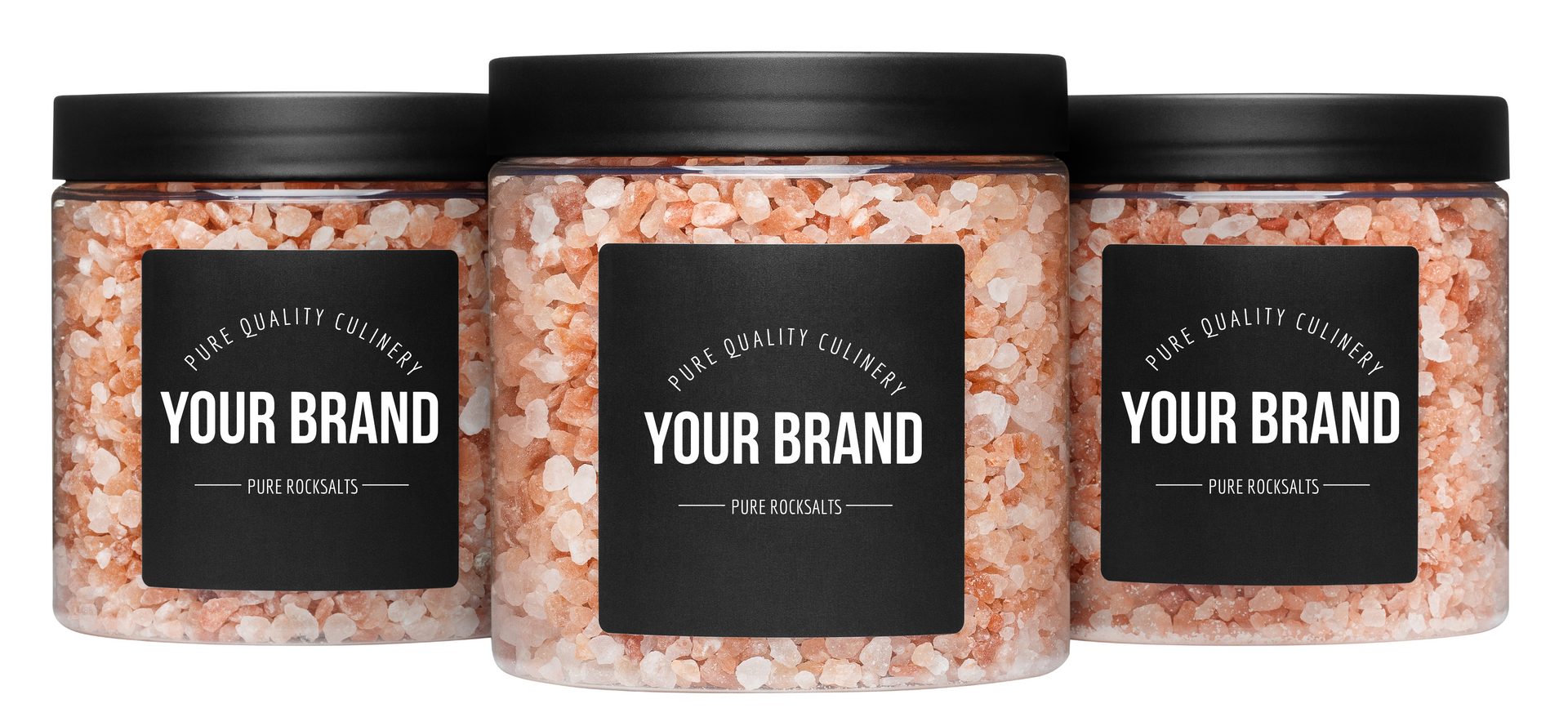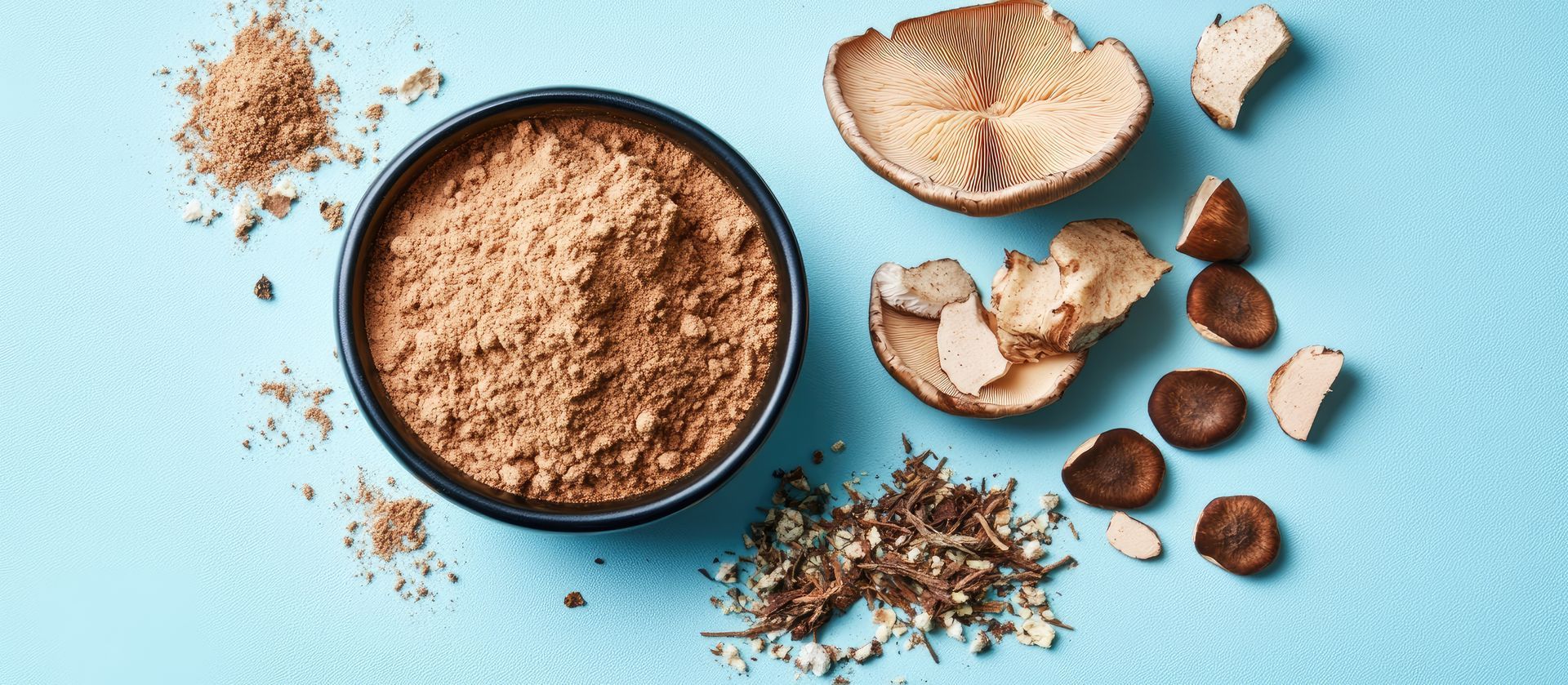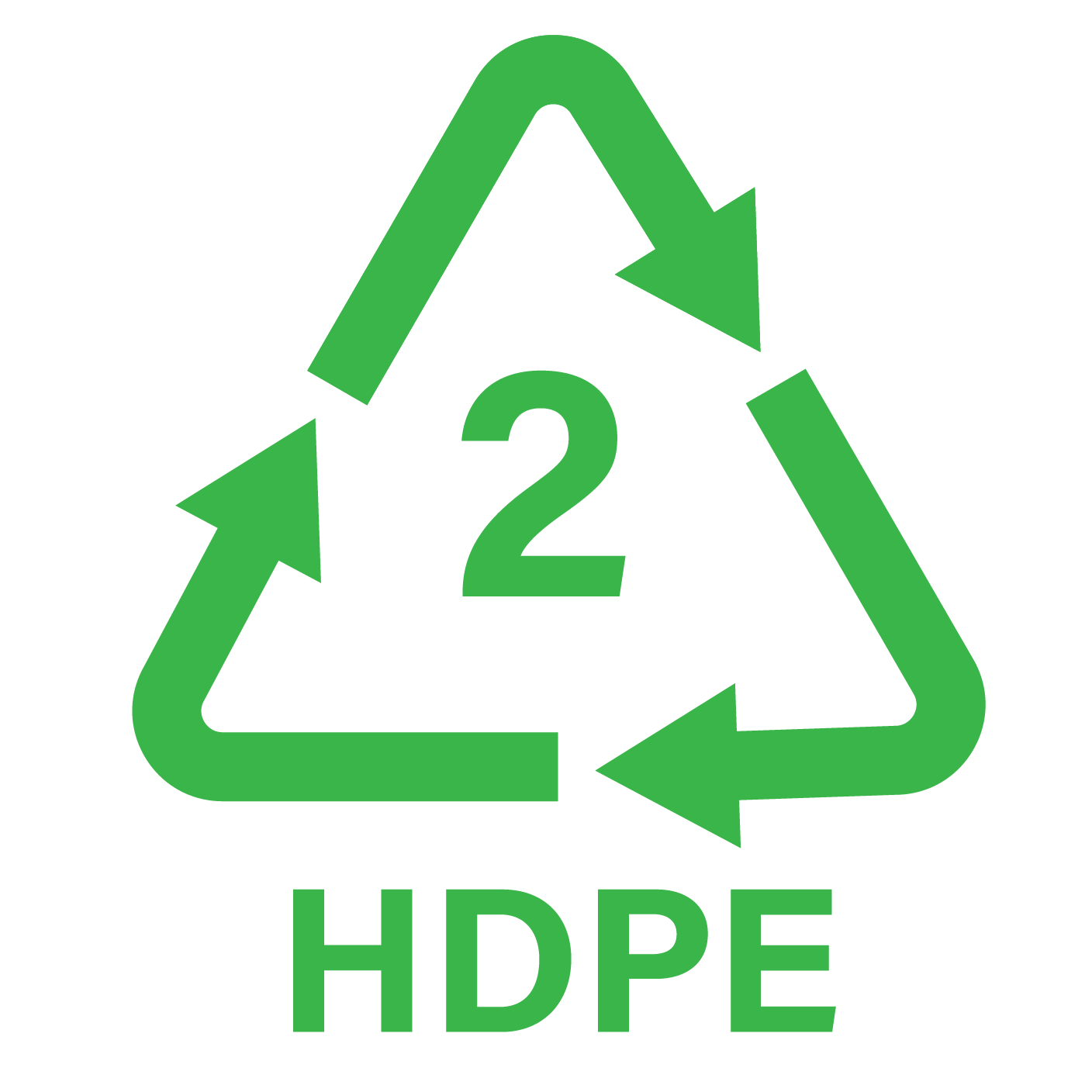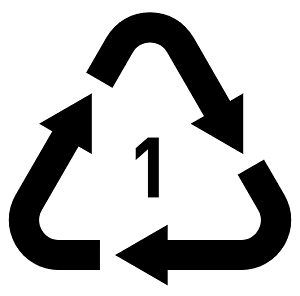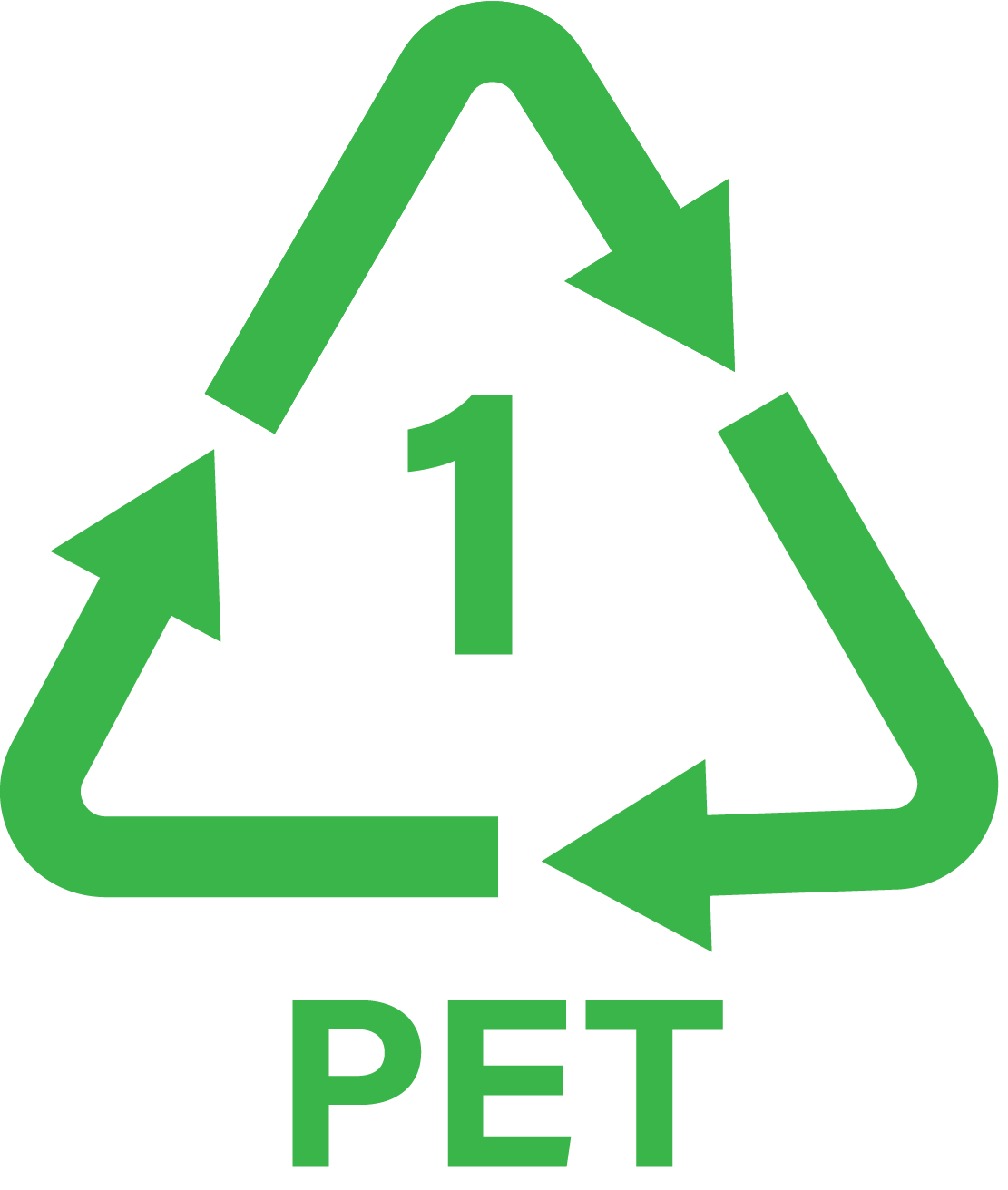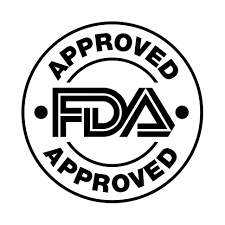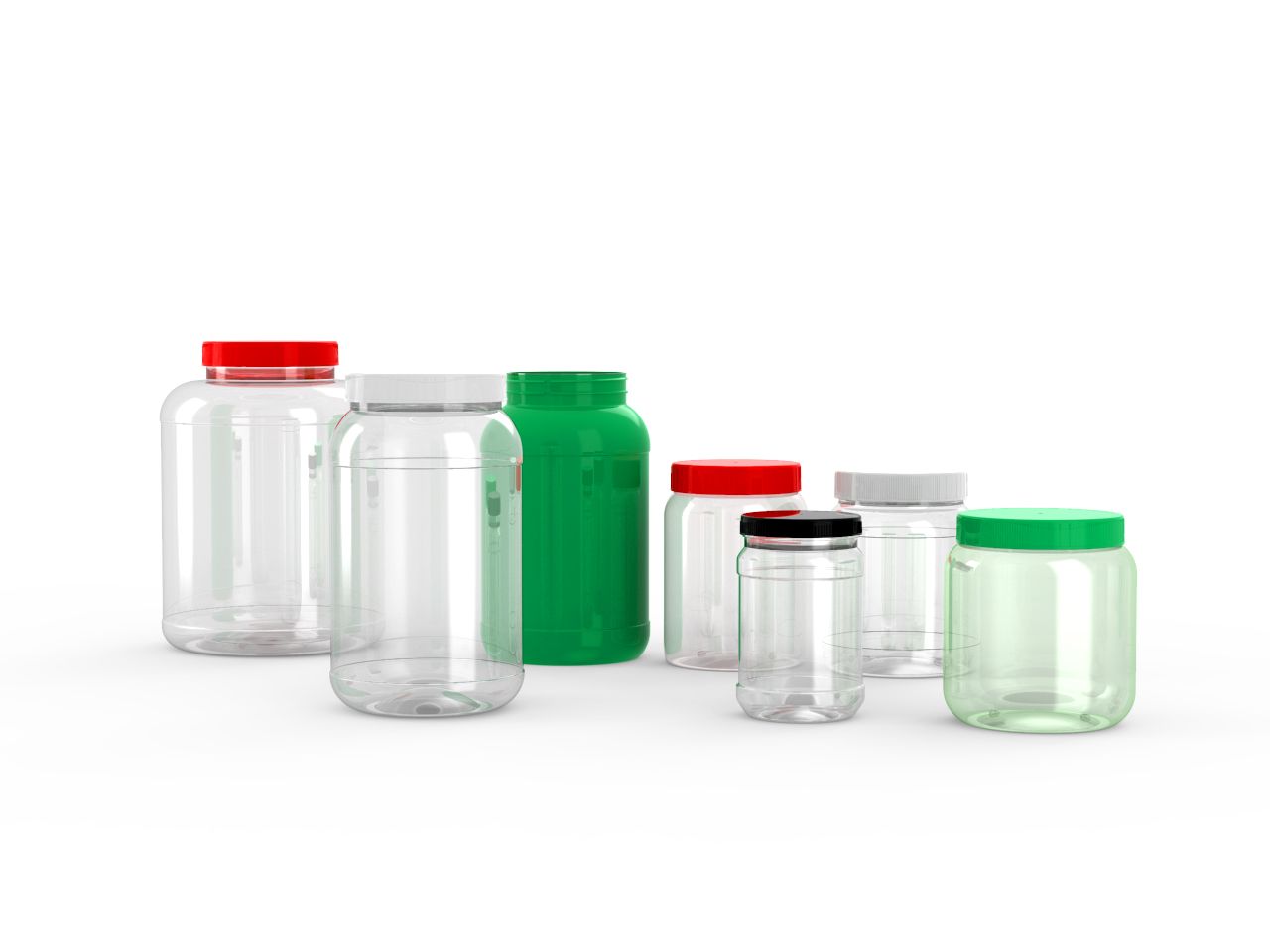Pharmaceutical Packaging Trends for 2023
6 Trends You Can Expect to See in Packaging for Pharmaceuticals in 2023
The pharmaceutical industry plays a crucial role in ensuring public health and well-being. As technology advances and consumer expectations grow, the packaging for pharmaceuticals is constantly evolving to meet these changing needs. Here are six trends you can expect to see in pharmaceutical packaging going forward.
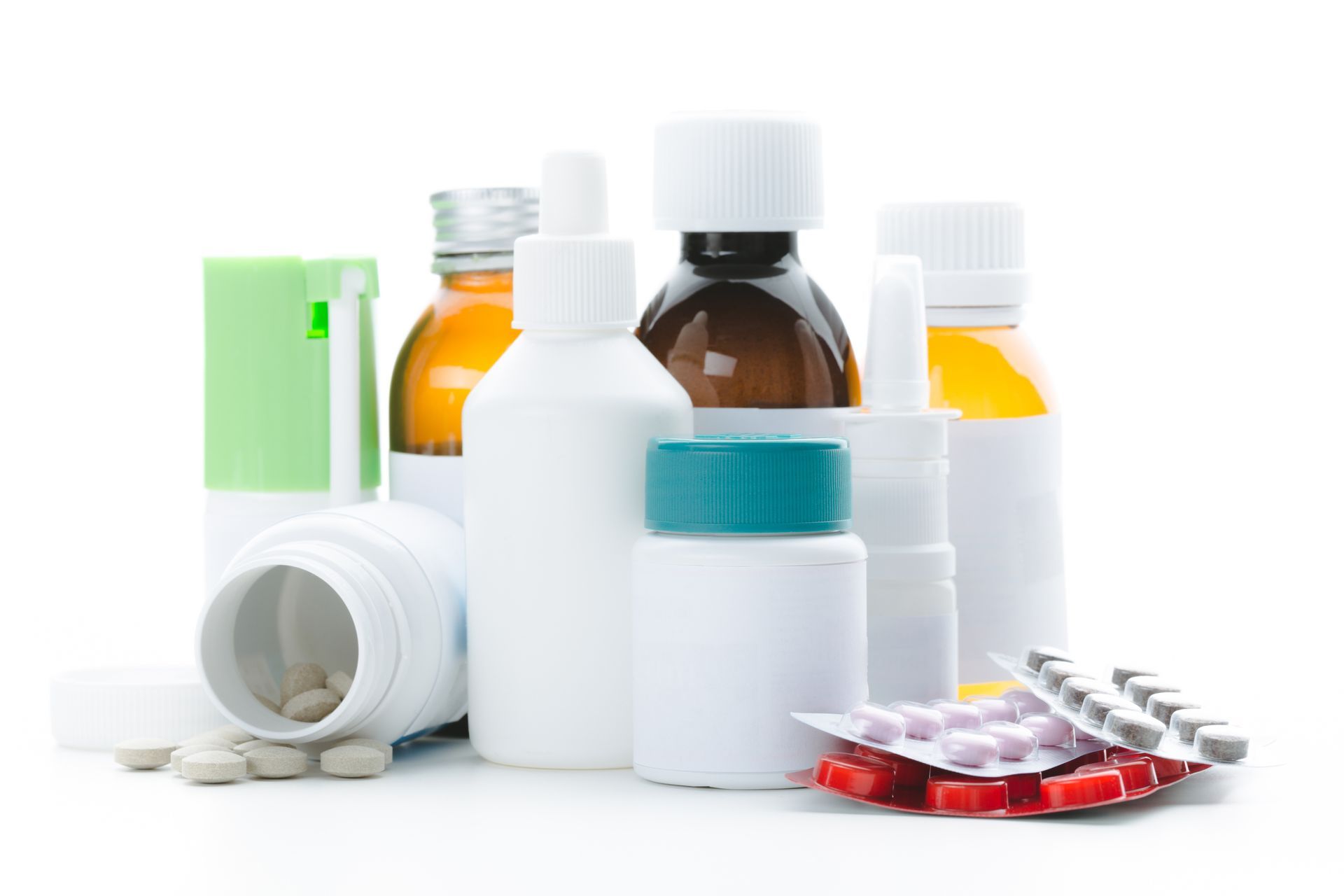
6 Current Packaging Trends for Pharmaceuticals
Here are six pharmaceutical packaging trends you can expect to see growing in popularity over the coming months.
Smart Packaging
Advancements in technology have enabled the development of smart packaging solutions in the pharmaceutical industry. These packages incorporate features such as RFID (Radio Frequency Identification) tags, NFC (Near Field Communication) chips, or QR codes to provide valuable information about the product, including authenticity, expiration dates, and usage instructions. Smart packaging not only enhances safety and traceability but also improves medication adherence and patient engagement.
Child-Resistant and Senior-Friendly Packaging
Safety remains a top priority in pharmaceutical packaging design. Child-resistant packaging is being refined with innovative closures and mechanisms that protect young children from accidental ingestion while ensuring ease of use for adults. Similarly, senior-friendly packaging aims to address the needs of older patients by incorporating features like easy-to-read labels, larger fonts, and user-friendly opening mechanisms. These efforts ensure that medications are safely accessible to all, regardless of age or physical abilities.
Sustainable Packaging Materials
In response to the global call for sustainability, pharmaceutical companies are actively seeking environmentally friendly packaging solutions. This includes a shift towards PET plastic and other eco-friendly packaging materials to reduce waste and minimize the industry's carbon footprint, contributing to a more sustainable future.
Personalized Packaging
Personalized medicine is revolutionizing healthcare, and packaging is not exempt from this trend. Pharmaceutical companies are exploring packaging designs that cater to individual patient needs. This includes unit-dose packaging, blister packs, or multi-dose systems that improve medication adherence and dosage accuracy. Customized packaging can also facilitate the inclusion of patient-specific instructions, ensuring safe and effective medication use.
Anti-Counterfeiting Measures
The pharmaceutical industry faces the challenge of counterfeit drugs, which pose significant risks to patient safety. To combat this issue, packaging innovations are being implemented to ensure product authenticity and traceability. Tamper-evident seals, holographic labels, and unique identifiers like serial numbers or barcodes are being incorporated into packaging to enable verification and track the product's journey from manufacturing to distribution.
Digital Integration
As the world becomes increasingly interconnected, the integration of digital technologies with pharmaceutical packaging is gaining momentum. QR codes and augmented reality (AR) can provide patients with access to additional information, dosage reminders, and interactive instructions. Furthermore, digital integration enables real-time monitoring of temperature, humidity, and other environmental factors, ensuring the integrity and quality of medications throughout the supply chain.
PET Plastic for Pharmaceutical Packaging
If you're looking for a pharmaceutical packaging solution that's sustainable, customizable, and convenient, Plascene has got you covered with our selection of PET preform bottles.
References
- "Pharmaceutical Packaging Trends Shaping 2023" - European Pharmaceutical Manufacturer
- "Sustainable Pharmaceutical Packaging Market Latest Trends and Future Opportunities Analysis to 2030" - Digital Journal
- "Packaging of Medicinal Products: Important Trends for Pharmaceutical Producers and Machine Manufacturers Post-COVID" - Achema
- "4 Pharmaceutical Packaging Trends to Watch" - MFT Automation

